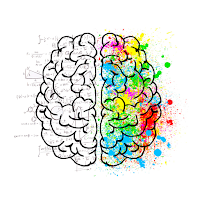Neuroplasticity
The human brain is a very powerful organ, as it functions as the central processing unit of the body. It has the ability to utilize your senses to receive messages and transmit responses, which can be achieved when nerve cells in the brain are activated. Did you know that the brain also has the ability to create alternative pathways if an original pathway becomes damaged from injury or overstimulation?
The brain contains areas known as lobes that control your ability to read, hear, speak and taste. There are six lobes that contain all of your various nerve cells with some of them possessing the ability to travel from your brain, through your mid-brain and down to your spinal cord to produce responses to external stimuli. When an unexpected injury occurs nerve cells can sever at the location of injury which can result in your inability to speak if the injury occurs in your brain. Whereas if the injury occurs at the level of your spinal cord this can impair your mobility and movement.
It was previously thought that damage from a blocked nerve pathway would be result in the affected area of the body being irreparable , however this is not always true. The brain is so powerful that it possesses the ability to repair itself by creating another pathway for signals to travel. This concept is known as neuroplasticity, which requires the brain to receive repeated stimulation to illicit a response. Over time this can result in the brain developing a new pathway that will enable a response to the stimulus being produced. Although science continues to work towards being able to apply this theory to more extreme cases like paralysis knowing that the brain is capable of repairing itself is a good start.



